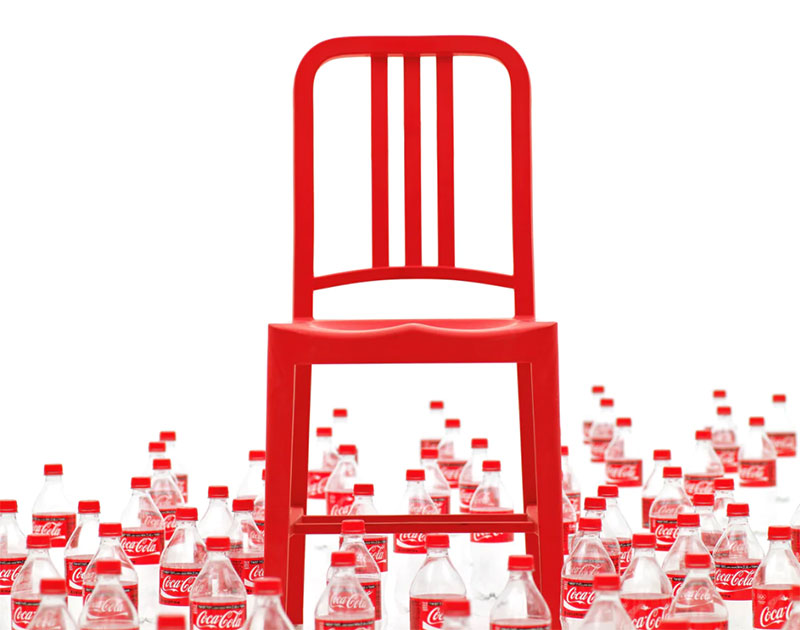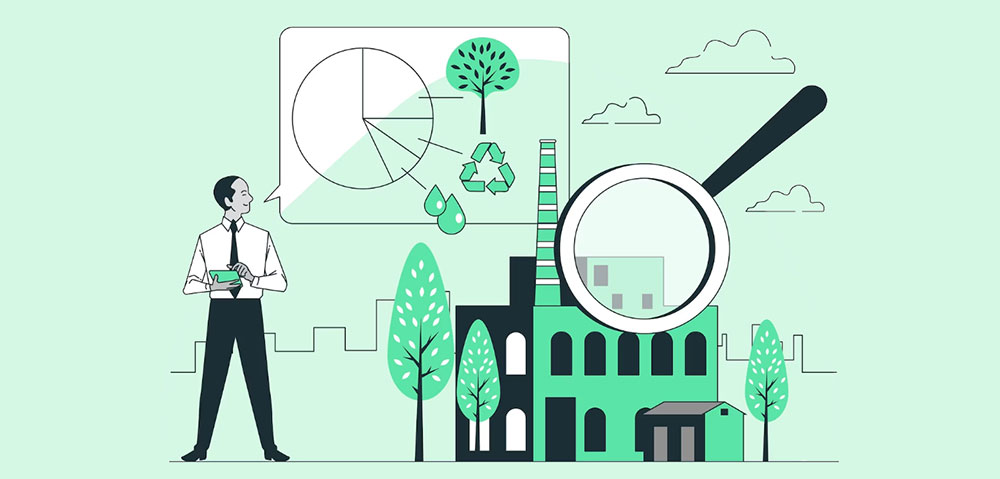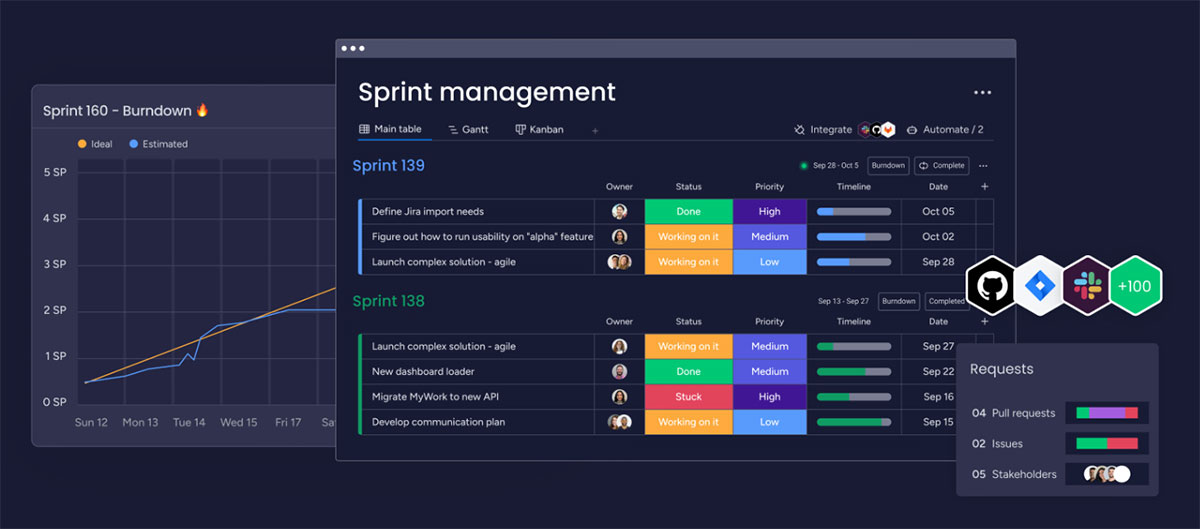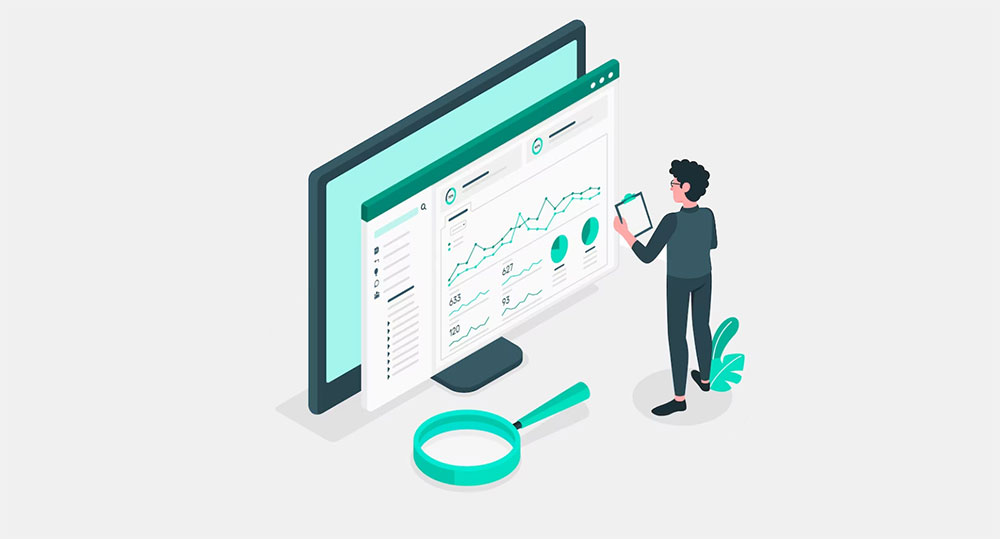Picture this: Your everyday essentials, from the mug holding your morning brew to the phone resting in your palm, all whisper a tale of their journey upon this Earth. Here, we unfurl the story of product sustainability, an odyssey where items aren’t just objects but ambassadors of a future we’re crafting with each choice we make.
Navigating through the maze of eco-labels and green jargon might feel like cracking an ancient code.
Yet, understanding the true essence of sustainable design or the difference a zero waste approach can make is not only enlightening; it’s empowering.
In this read, you’ll unearth the layers of sustainable production methods, from ethical sourcing to responsible disposal, and how they breathe life into the circular economy.
Decrypting the lingo—think life cycle assessment or energy-efficient products—you’ll gain actionable insights to refine your lifestyle and purchases.
Set to dive into the core of conservation of natural resources and the role of supply chain transparency, by the article’s end, you’ll be equipped with the know-how to discern truly green products. Let’s wade through the sustainability landscape together, one conscious choice at a time.
The Role of Sustainability in Consumer Choices
And you know what? Consumers are becoming more conscious about what they buy. They’re not just looking at the price tag anymore.
They’re asking tough questions – Is this product eco-friendly? Is it ethically made? How long will it last?
Product sustainability is becoming a crucial factor in their purchasing decisions. More and more, people are opting for products that align with their values.
And businesses are catching on. After all, the customer is always right.
Next time you’re shopping, take a moment to think about the impact of your choices.
It might not seem like much, but every sustainable product you choose makes a difference. Remember, we’re all in this together. And together, we can make a big impact.
Key takeaways
- Definition and Purpose: Product sustainability involves creating and managing products with minimal environmental impact throughout their lifecycle, from material sourcing to disposal. The goal is to reduce the ecological footprint and ensure resources last for future generations.
- Measurement: The sustainability of a product is measured through Life Cycle Assessment (LCA), considering the use of water, energy, the carbon footprint, waste produced, and social impacts like labor practices throughout the product’s life.
- Characteristics of Sustainable Products: Sustainable products may not always be easily identifiable, but they often use recycled or renewable materials, are designed for durability and reparability, and feature minimal or recyclable packaging.
- Importance: Sustainability is critical because it focuses on wise resource use, waste reduction, and minimizing environmental impacts. It also takes into account social and economic factors, advocating for a holistic approach to stewardship of the Earth.
Understanding the Criteria for Sustainability
The idea of product sustainability isn’t just about good intentions. There are concrete standards and criteria to be met. Let’s dissect this concept a bit more.
Environmental Impact
Resource Use
Have you ever wondered how much water it takes to make a single cotton T-shirt? Or how much energy is consumed to manufacture your shiny new smartphone?
Sustainable products aim to use resources efficiently. It’s about doing more with less.
Waste Generation
When we think about waste, we usually focus on what happens after we’re done using a product.
But waste can be generated at any stage of a product’s life. During production, during distribution, and of course, at the end of the product’s life. Sustainable products strive to minimize waste every step of the way.
Carbon Footprint
Remember when I mentioned the energy needed to make that smartphone? That’s a part of a product’s carbon footprint.
It’s about the greenhouse gases released into the atmosphere. Sustainable products aim to keep this as low as possible.
Social Impact
Fair Trade Practices
Buying a sustainable product isn’t just about saving the planet. It’s also about supporting people and communities.
Fair trade practices ensure that workers are paid fairly, treated with respect, and given safe working conditions.
Worker Conditions
Worker conditions play a significant role in product sustainability. No product can truly be sustainable if it’s made in poor working conditions.
Safe, fair, and ethical – these are the cornerstones of a truly sustainable product.
Economic Impact
Long-term Viability
Sure, sustainable products might sometimes cost more upfront. But they’re built to last, which means they’re more economical in the long run.
The idea is to invest in quality, not quantity.
Cost-effectiveness
Sustainability isn’t about making the most expensive product. It’s about making a product that’s good for people, the planet, and your pocket.
Sustainable products aim to be cost-effective, providing real value for your hard-earned money.
The Lifecycle of a Sustainable Product

Design and Development
First up in the lifecycle of a sustainable product is the design and development phase. Here, the concept of product sustainability is at the heart of everything.
Smart choices are made to keep resource use down and energy efficiency high. Products are designed to last, and if possible, be easily recycled or composted at the end of their life. It’s all about thinking ahead.
Production
Next, we move on to production. This is where we see fair trade practices and good worker conditions come into play.
It’s about creating a product that’s as clean and green as possible, without compromising the well-being of the people making it.
Distribution
Then comes distribution. Efficient logistics and reduced packaging are the name of the game here.
Every effort is made to keep that carbon footprint low and waste to a minimum.
Use
The next phase in the lifecycle is use. This is where you come in.
How you use and care for your sustainable product can really extend its life and enhance its environmental performance.
End of Life
And finally, end of life. A truly sustainable product is designed to be disposed of responsibly. That might mean recycling, composting, or even upcycling. Remember, waste not, want not.
Case Studies of Sustainable Products
Alright, now that we’ve laid the groundwork, let’s bring this product sustainability talk to life. It’s time to shine the spotlight on some real-life examples. Ready?
Sustainable Products in the Market
There’s a whole world of sustainable products out there, each with its own unique story. Let’s start with a basic one: the humble water bottle.
Ever heard of a brand called S’well? They make stylish, reusable water bottles. Not only are they doing their bit to fight the scourge of single-use plastic, but they’re also committed to carbon neutrality and fair labor practices.
Next up, let’s talk about furniture. There’s a company called Emeco that makes chairs – from recycled materials. They’ve got this chair called the “111 Navy Chair“, made from, guess what, 111 recycled plastic bottles.

There’s no shortage of examples in the fashion world, either. Take Everlane, for instance. They’ve committed to eliminating all virgin plastic from their supply chain.
Then there’s Patagonia, a brand that’s practically synonymous with product sustainability. They make clothing from recycled materials, they’re committed to fair labor practices, and they even encourage their customers to buy less.
Challenges in Creating Sustainable Products
But let’s be real, it’s not all sunshine and rainbows. There are challenges to creating sustainable products, from sourcing materials to convincing customers to pay a premium.
One major challenge is the supply chain. Making a sustainable product often means sourcing materials from all over the world. And each step of that chain needs to be sustainable too, from the farmer growing organic cotton to the factory turning it into a t-shirt.
Another challenge is the technology. We’re making strides, but we’re not quite there yet.
Making products from recycled materials or finding plant-based alternatives can be tricky. And then there’s the issue of making these products durable and functional.
Then there’s the cost. Sustainable materials and processes can be more expensive than the conventional ones. And not every customer is willing to pay that premium, even if they care about sustainability.
It’s a balancing act, trying to make products as sustainable as possible without breaking the bank.
The Role of Certifications in Sustainable Products
Understanding Sustainability Certifications
Sustainability certifications can be a helpful guide when you’re trying to shop responsibly.
They’re like a stamp of approval, showing that a product meets certain standards of sustainability.
Importance of Certifications for Consumers
Certifications can give you the peace of mind that you’re making a smart choice.
They can help you navigate the sea of green claims and find products that are truly sustainable.
Criticisms and Limitations of Certifications
That being said, certifications aren’t perfect. They can sometimes be confusing, and not all of them are created equal.
Some argue they don’t go far enough, while others say they can be misleading. It’s always a good idea to do your homework.
How Companies Are Embracing Sustainability
Corporate Sustainability Initiatives
Companies across the globe are waking up to the importance of sustainability. They’re setting ambitious targets, innovating like never before, and most importantly, walking the talk.
Many are investing heavily in R&D, finding ways to make their products and processes greener and cleaner. Sustainability isn’t just a buzzword anymore; it’s becoming a core part of business strategy.
Case Study: Amazon’s Approach to Sustainable Products
Take Amazon, for instance. They’ve set some bold sustainability goals, including a commitment to net zero carbon by 2040 and 100% renewable energy by 2030.
They’re also investing in renewable energy projects, rolling out electric delivery vehicles, and offering a whole range of sustainable products. It’s a big move in the right direction from a big player.
The Impact of Corporate Sustainability on the Market
And you know what? This shift towards sustainability is shaking up the market. It’s influencing the whole supply chain, from suppliers to consumers.
Companies that embrace sustainability are setting a new standard, pushing others to up their game.
FAQ On Product Sustainability
What exactly is product sustainability?
Often I get asked, what’s this all about, right? Well, product sustainability is about crafting goods with minimal negative impact on our environment.
It considers the entire lifecycle—from design and manufacturing to usage and end-of-life disposal. It’s a commitment to balancing eco-friendliness with economic viability and user needs.
Why is sustainable development crucial for products?
Here’s the deal: every product we use — yep, every single one — leaves a footprint. Sustainable development spotlights reducing that environmental impact. It’s about ensuring that our kids and their kids inherit a planet that’s liveable, not just survivable.
How do businesses measure a product’s sustainability?
Businesses utilize life cycle assessments to measure a product’s environmental impact from cradle to grave. This detailed process evaluates everything from raw material extraction, energy efficiency, production, usage, to final disposal or recycling. It’s like a report card for eco-friendliness.
Can product sustainability affect a company’s bottom line?
You bet. Initially, it might seem like a costly affair. But, sustainable practices like using renewable resources or biodegradable packaging cut down in the long haul. Consumers dig brands that go green, often boosting sales enough to offset any upfront costs.
What is the role of eco-labeling in product sustainability?
Eco-labeling acts as a handy shortcut for consumers. Like a green thumbs-up, it tells you at a glance that a product meets specific environmental standards. It’s validation that the product aligns with sustainable consumer behavior.
Is sustainable product design only about the environment?
Nah, it’s not all tree-hugs. Sustainable product design blends environmental care, economic sense, and social responsibility. Think of it as a trifecta—good for nature, the wallet, and society.
How do sustainable products contribute to a circular economy?
Sustainable products are the lifeblood of a circular economy. By emphasizing reuse, remanufacture, and recycling, they aim to keep materials in use for as long as possible. It’s a loop where waste gets the boot.
What is the importance of supply chain transparency in sustainability?
Okay, transparency is key. Knowing where and how products are made shines a light on ethical practices, or the lack thereof. Customers can then back brands that rock at sustainable production methods.
How can consumers promote product sustainability?
Consumers wield serious power. Choosing green products or those with certifications like Fair Trade sends a clear message—sustainability sells. Plus, by lowering consumption or opting for stuff with renewable resources, we all help big time.
What future trends are shaping product sustainability?
Think tech and innovation. Future trends lean towards smarter sustainable innovation—using advanced materials, cutting-edge energy-efficient technologies, and digitized supply chains. The sustainability narrative is always evolving, and hey, we’re all part of that story.
Conclusion
So, we’ve swiped right on product sustainability, haven’t we? It’s a whole vibe. A commitment to change. Starting from a spark of sustainable design, through the rigors of ethical sourcing, past the milestones of renewable resources, and across that finish line—where zero waste isn’t just a dream, but an achievable reality.
This isn’t merely a trend. It’s a movement. One that sees sustainable consumer behavior evolve from a niche to the norm. Where terms like cradle to cradle, life cycle assessment, and Corporate Social Responsibility become dinner table convo. We’ve danced through the nitty-gritty, dissected the acronym soup, and now, we know the score.
Whether we’re entrepreneurs, designers, or just eco-curious, it’s clear our choices—yes, each and every one of them—add up. So, take this knowledge, grab it with both hands. Go forth. Make waves. After all, immersing ourselves in sustainability? That’s the future—our future. Let’s build it to last.
If you liked this article about product sustainability, you should check out this article about product management competitive analysis.
There are also similar articles discussing product analytics, product-led marketing, product operations, and product portfolio management.
And let’s not forget about articles on product manager career path, lean product development, product engagement, and product evangelism.
- Professional Video: Cinematography Apps Like FiLMiC Pro - April 26, 2024
- Optimizing Your Shopify Store for Maximum Dropshipping Success - April 26, 2024
- Python Explained: What is Python Used For? - April 26, 2024









